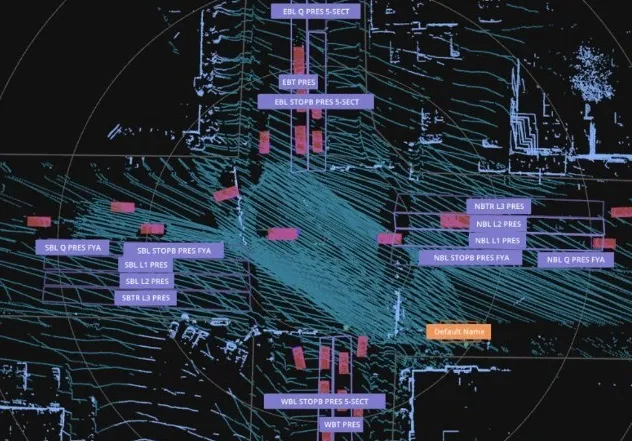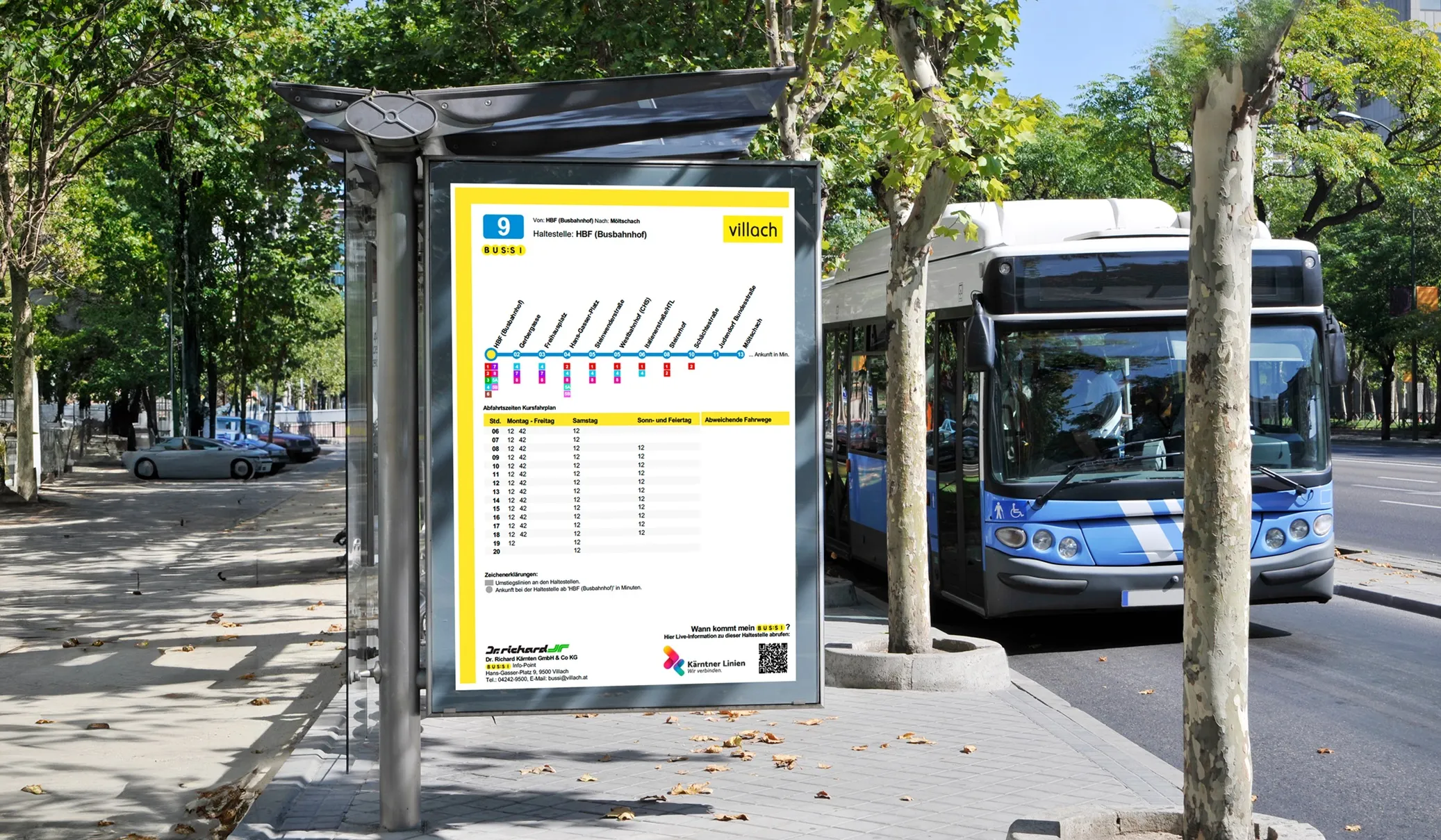Vricon has launched its Precision 3D Registration (P3DR) software suite which, the company says, georegisters imagery automatically anywhere in the world. It works with Vricon’s Globe in 3D brand, a source of geospatial and digital elevation data used by defence and intelligence agencies.
The company says that P3DR provides critical accuracy enhancements to other intelligence, surveillance and reconnaissance sources, allowing geospatial intelligence data to be used to direct resources. The solution aims to
July 20, 2018
Read time: 1 min
The company says that P3DR provides critical accuracy enhancements to other intelligence, surveillance and reconnaissance sources, allowing geospatial intelligence data to be used to direct resources. The solution aims to support analysts with a close-up 0.5m resolution foundational 3D context and an accuracy of 3m. In addition, Vricon adds that P3DR can be implemented as a real-time processing workflow for imagery feeds without the need for GPS location, heading information or ground control points.










